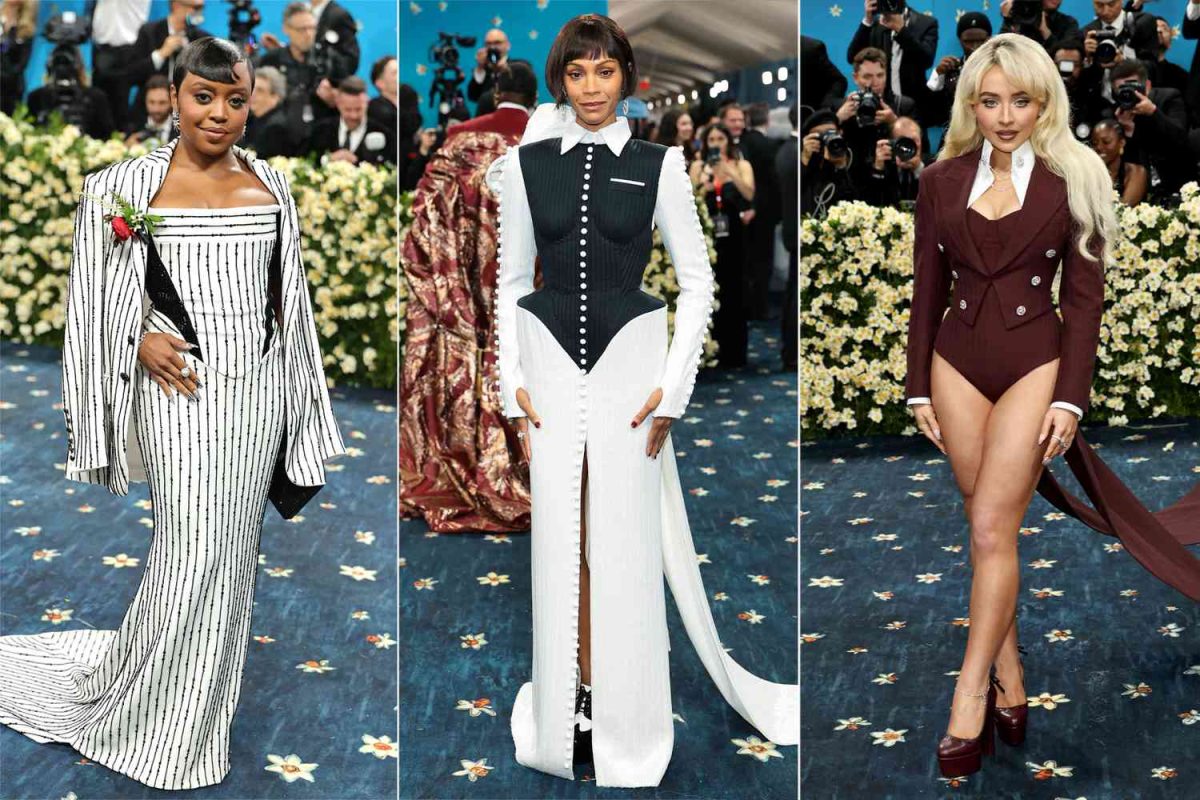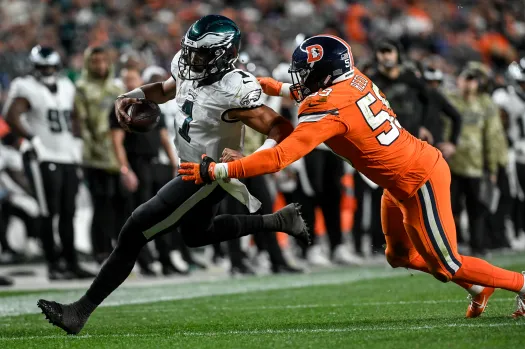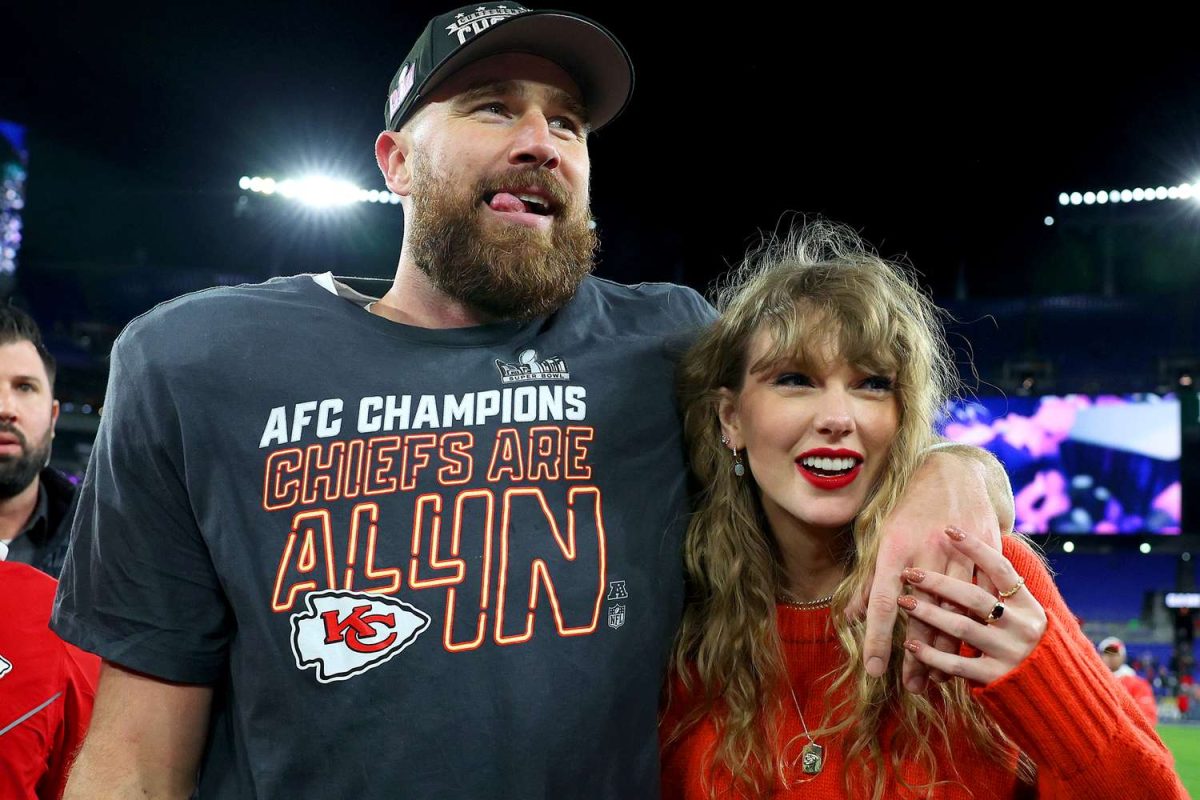Super Bowl commercials are known for their excellence compared to standard advertisements, featuring celebrities, humorous skits, and sometimes emotional messages and stories. The commercials are a key part of the Super Bowl experience and even draw some viewers who may not be large sports fanatics. For this reason, those who choose to contribute to the night’s entertainment also submit to the high cost, paying an estimated eight million dollars for thirty seconds of screen time.
An ad that particularly caught my attention this year was the advertisement for the new women’s flag football league. This two-minute NFL clip depicts a stereotypical American high school. It centers around the new girl, wearing a jersey and with a football in hand, as the jocks enter and their leader, Chad, tells her “Girls don’t play football”. The clip then cuts to a flyer being put up, advertising tryouts for the girls’ flag football team. At these tryouts, the jocks stand off to the side of the field, watching as the girls excel in their performance, especially the new girl. Chad challenges the girls to a one-on-one flag football battle, “your best guy against our best guy”. He offers up Brad as their best man, and he faces off against the new girl. The duel begins, and the girl dodges and jumps over Chad, absolutely crushing him. The commercial ends with a message: “Leave the past behind. Let’s make girls flag football a varsity sport in all 50 states”.
Initially, I was impressed by this commercial and its announcement of a flag football league for girls, as I have watched our very own Super Bowl during the Triple Crown and seen how invested everyone gets, players and crowd alike. I was excited to see an advertisement centered around women’s sports, as I have always been disappointed in the disparity between interest in women’s sports compared with men’s. I was also excited to see more diversity added into the sports targeted at girls, and the addition of a sport that is so stereotypically masculine felt like a huge step forward for female athletes.
However, after reflecting on the plot of this commercial, I realized that it is actually quite problematic. The focus was put on the segment where the woman defeats the man in flag football, but in truth, this is unrealistic. Men’s and women’s sports continue to remain separated not as a slight to women, but because, in reality, there are major physical differences between the two genders that greatly affect the performance of the athlete. It is a fact that the best female athlete simply cannot reach the same level as her male counterpart, and therefore, dividing sports based on gender is advantageous to women, allowing the best to win in a competition among her peers.
The issue arises when this fact, the way women’s bodies are built, is seen as a weakness. This commercial, perhaps inadvertently, sends the message that for a female athlete to be truly successful, she must be able to compete with and defeat a man. This commercial, rather than empowering a little girl to excel in her own right, tells her that she will never be enough unless she is better than the man playing on the field next to her; it builds a wall between the two sexes, telling both to seek victory rather than equality.
True empowerment does not lie in dragging others down but in raising each other up. When I say I wish for gender equality, I do not mean that I want to watch a man fail; I mean that I want to watch a woman become president. I do not wish for a world in which I watch my brothers belittled; turning against men is not feminism, and it will not solve any of the issues women face. A new league of women’s sports is an exciting announcement and one that should be made with a display of girls on the field, succeeding and enjoying themselves. Where the NFL went wrong with this commercial was centering the narrative around men rather than allowing it to be simply about women.












